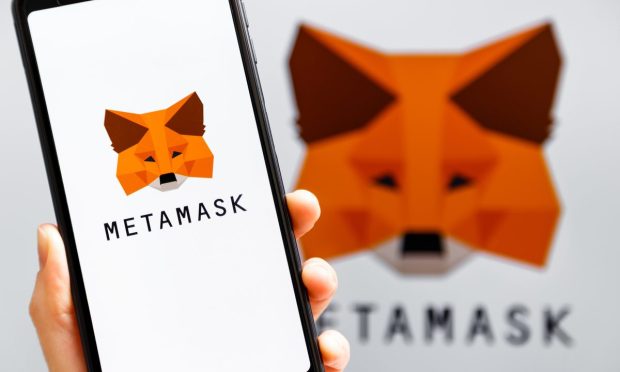Today in Crypto: MetaMask, Infura Block ‘Certain Jurisdictions’

Two key parts of Ethereum’s ecosystem, MetaMask and Infura, have moved to cut off access to users in some areas, CoinDesk reported Thursday (March 3).
MetaMask and Infura released a joint statement regarding the situation on Thursday, saying that, “By default, MetaMask accesses the blockchain via Infura, which is unavailable in certain jurisdictions due to legal compliance.”
Users from those areas would instead receive an error message when trying to use MetaMask. This comes as there’s been an industry-wide focus on the risks of crypto for evading international sanctions.
The post didn’t say what jurisdictions would be covered, but users in Venezuela had reported some service interruptions, though this wasn’t verified by CoinDesk.
Infura later clarified in a series of tweets that the restrictions were intended, but had been too broad because of an error.
“In changing some configurations as a result of the new sanctions directives from the United States and other jurisdictions, we mistakenly configured the settings more broadly than they needed to be,” the project’s official Twitter handle said. “This was our oversight, and we are grateful that it was pointed out to us. Once we determined what happened, we were able to fix the problem, and service has been restored.”
Late last month, Ethereum founder Vitalik Buterin said the falling coin prices from the last few months could eventually end up beneficial.
Related: Ethereum Founder Explains ‘Crypto Winter’ Upside
He said there could be a lot of people who welcome a bear market, such as those deep in crypto and who are building things.
“They welcome the bear market because when there are these long periods of prices moving up by huge amounts like it does — it does obviously make a lot of people happy — but it does also tend to invite a lot of very short-term speculative attention,” Buterin said.
He added that the winters are when many applications fall away and people can see which projects “are actually long-term sustainable.”
